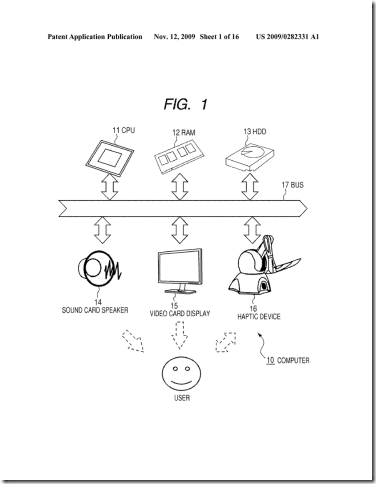Comparison of Output Methods
SUMMARY OF OUTPUT DEVICES
|
Device |
Medium |
Speed in c.p.s. |
|
Magnetic disc unit |
Magnetic disc |
100 000 to 2000 000 |
|
Magnetic tape unit |
Magnetic tape |
150000 |
|
COM unit |
Microfilm or microfiche |
120000 |
|
Laser page printer |
Paper |
20000 |
|
Line printer |
Paper |
200 to 6000 |
|
Impact character printer |
Paper |
50 to 600 |
|
Television monitor |
Cathode ray tube |
60 to 2000 |
|
Plotter |
Paper |
Not applicable |
Fig 12 Table of output devices
Note: There is no need for candidates to learn the speeds of devices. However, it is important to know which ones are fast and which are slow.
CHOICE OF OUTPUT METHOD
In buying or hiring output devices an installation has to consider:
1 Whether the devices purchased will cope with the needs of users for:
(a) Speed.
(b) Quality of output.
(c) Range of different types of output.
2 The cost of:
(a) The equipment.
(b) Running the devices-printers need paper but also bands or daisy wheels or ribbons, etc.
(c) Maintenance-some devices are less robust than others.
3 Adaptability-whether equipment can be adapted to fit in with future needs.
Many applications use a combination of output methods. For example:
1 A designer uses:
(a) The monitor of a graphical display unit while the design is being developed.
(b) A plotter to produce the finished designs.
2 A gas board uses the following while producing its customer accounts:
(a) Monitors on VDUs to check on individual accounts.
(b) A line printer to produce the bills.
(c) Microfiche for records of accounts which are more than 2 years old.

